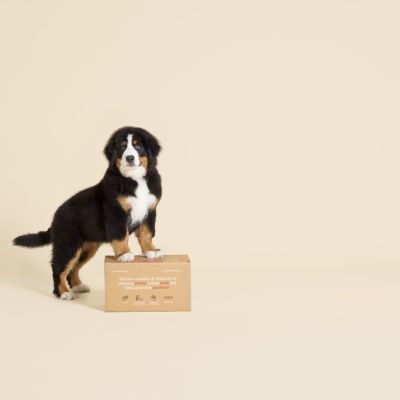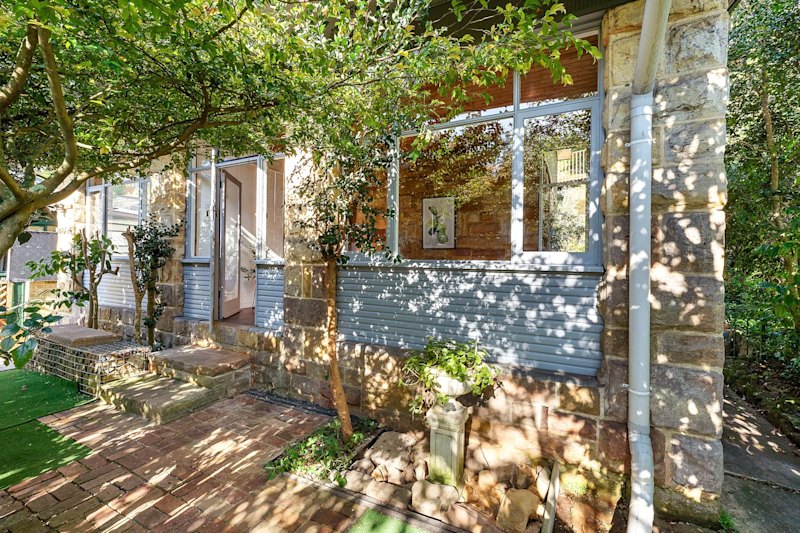Five simple ways to stop your dog from ruining your backyard or garden
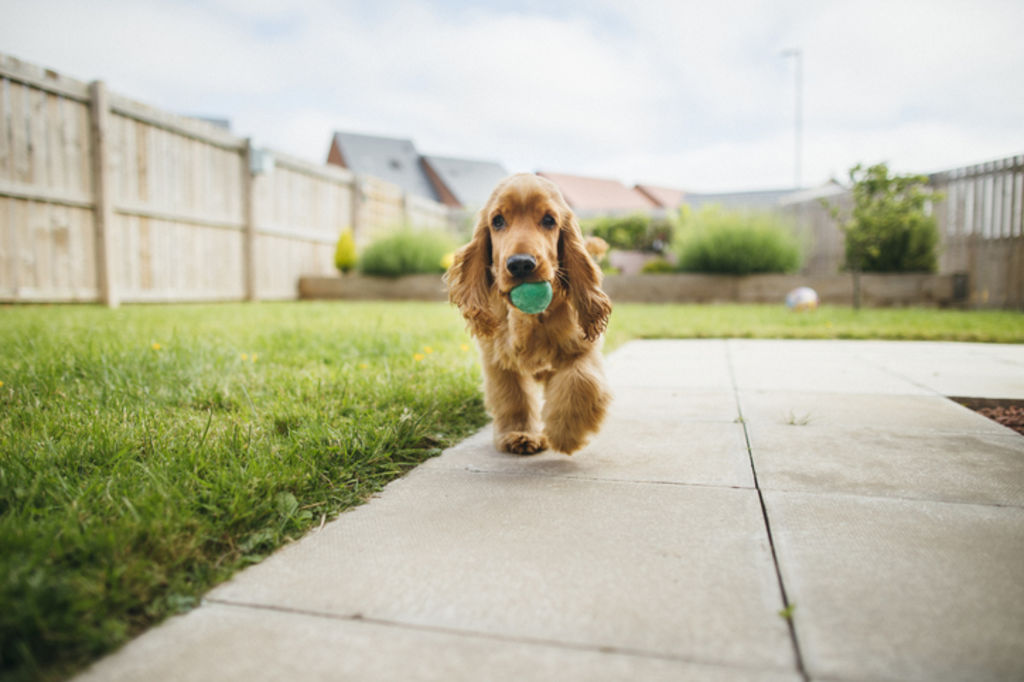
Whether they’re digging up your plants, running tracks through the grass or burning pee patches, dogs can be bad news for backyard presentation goals.
The good news is, there are some simple things you can do to stop your furry friend from destroying the joint.
1. Factor them into your landscaping
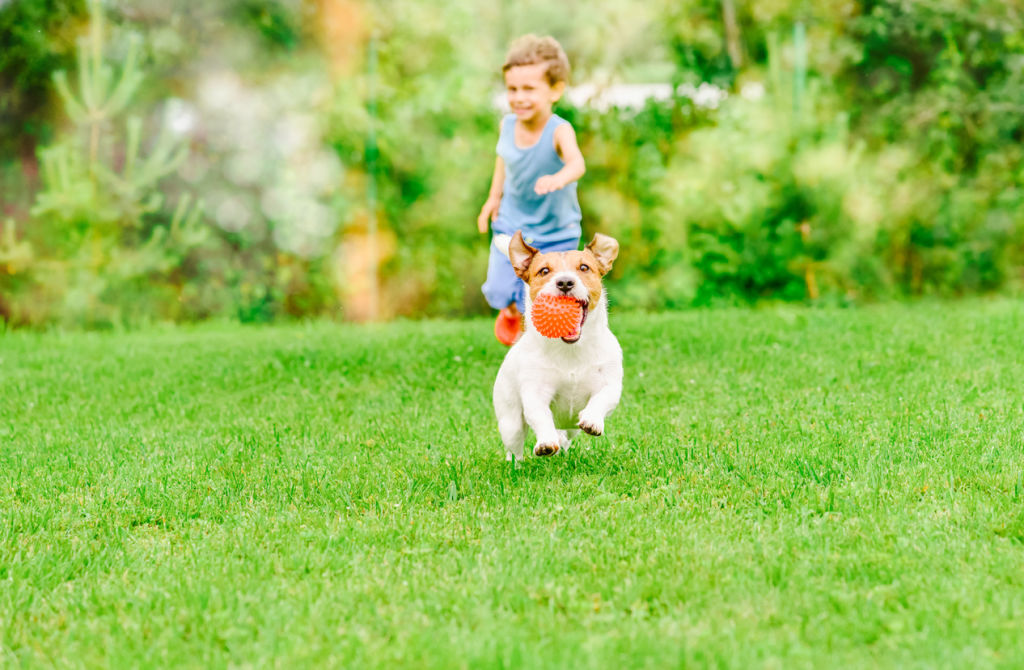
You might dream of delicate flower beds and lush lawns but if you don’t consider your dog’s behaviour in your garden design, you might be disappointed to discover it doesn’t last the distance.
“It can be a big money drain if it’s not designed around a dog,” says director of Inspiring Landscape Solutions Parveen Dhaliwal.
“Dogs need places to rest and areas to run around or dig, unless you can train them out of those habits.”
Landscape architect Phillip Withers says you can often work with your dog’s existing behaviours to make a functional space that looks appealing.
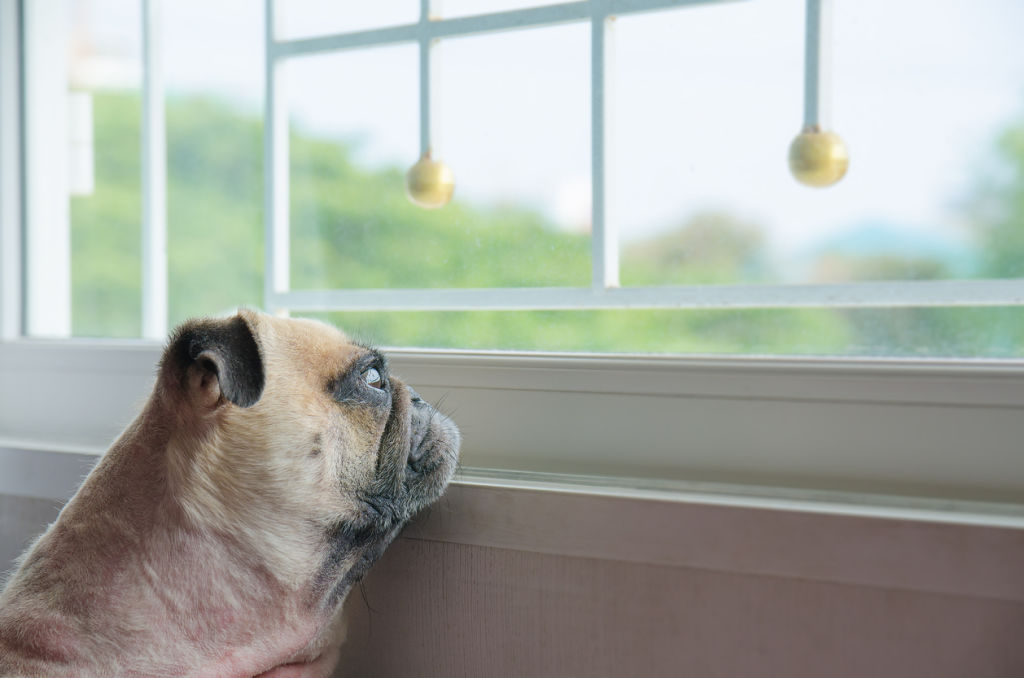
“You might create some flow through the garden with path networks for people to walk through that also becomes a dog run around the lawn. You could use something like stones that you throw down once a year to maintain,” he says.
You might also consider an out-of-sight area for messy play, hidden by fencing or tall plants.
“You can also use scented plants to mask dog smells,” Withers says.
“It’s about planting things in the right spots, so that when you open the back door you can’t smell dog wee [but rather] can smell the natural garden.”
2. Keep them interested
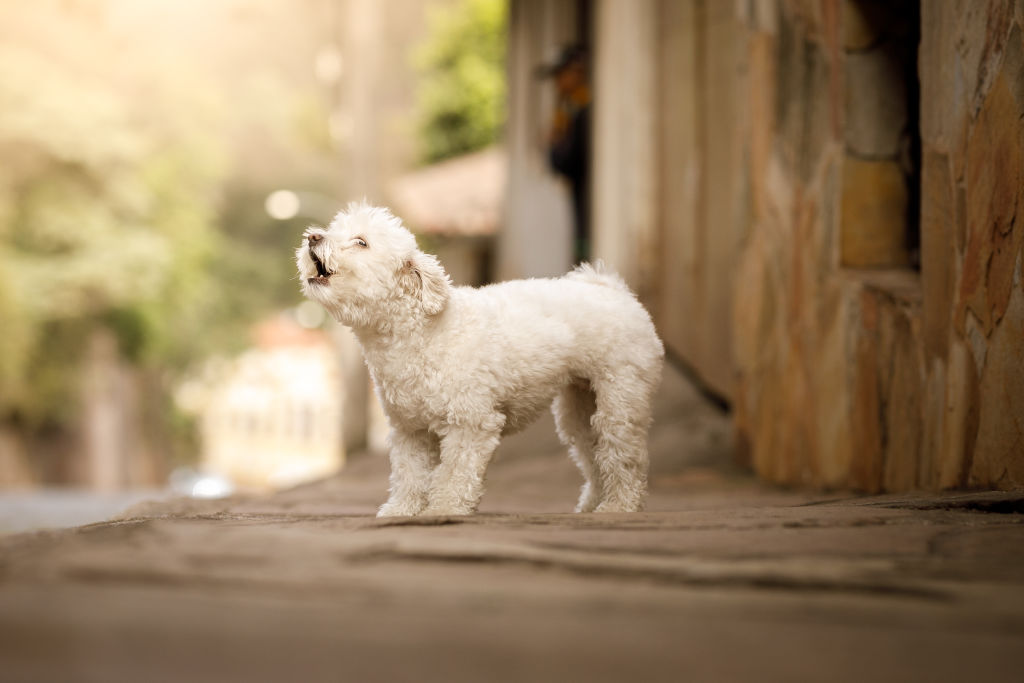
A bored dog can be a destructive one, so Jade Currie, team leader with the Animal Behaviour Team at The Lost Dogs’ Home, suggests offering plenty of enrichment to keep them mentally stimulated – and distracted from your garden.
“Food puzzles are the easiest thing – it provides minimal effort for us but [offers] a big payout,” she says.
“Use a treat-dispensing toy – instead of them finishing their food bowl in 10 to 30 seconds, it’s a 15-minute activity and [then] they are exhausted and have a nap.”
She also suggests smearing the inside of an old cardboard box with peanut butter so it’s not only a treasure hunt but something they can destroy, especially if they get anxious about you leaving the house.
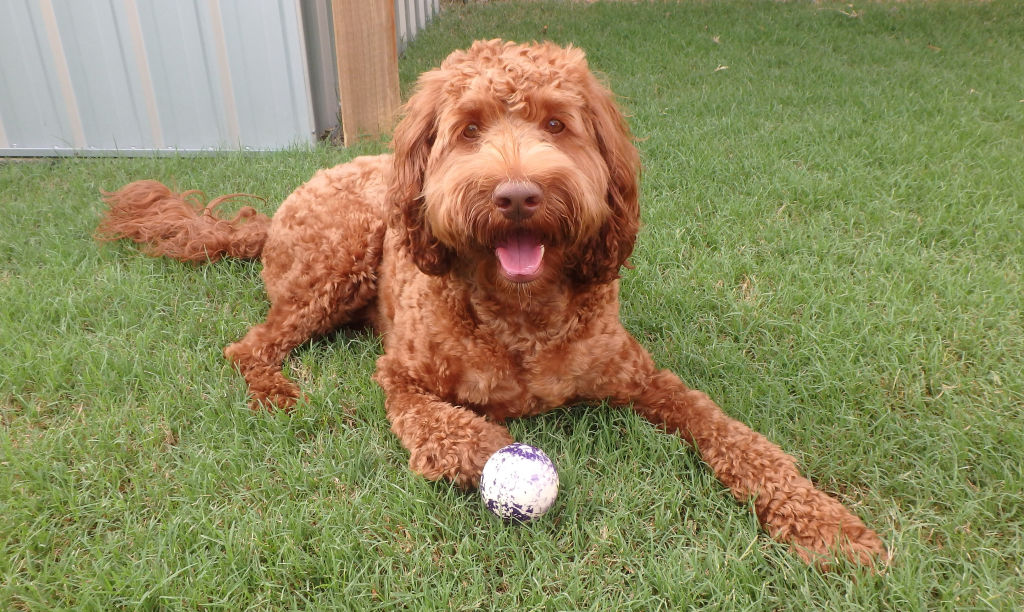
“Think of them like toddlers – they don’t understand your plants are pretty,” Currie says.
“Focus on providing a sense of reinforcement away from [ornamental] areas [by] using something like a Kong in the middle of the grass so they are oriented towards the Kong and not towards the garden area. Freezing treats in a Kong means it will last longer.”
And it might be a good idea to leave the ball-throwing to the dog park to prevent your pooch pounding on your plants or skidding on the grass when retrieving.
3. Workshop their wee

Dog urine can burn grass and kill plants but there are things you can do.
“You can teach them to toilet on cue [by] pairing the action of toileting with a word like ‘pee pee’ or ‘quick quick’,” Currie says.
“Take them to the toilet on their lead and prompt it with this cue then offer lots of praise and treats and rewards when they go there. If you do that for a couple of weeks, you will probably form a new habit.”
You can also try fencing off areas you don’t want them to pee on or some experts suggest adding some water to their kibble to dilute their urine and make it less potent on your grass.
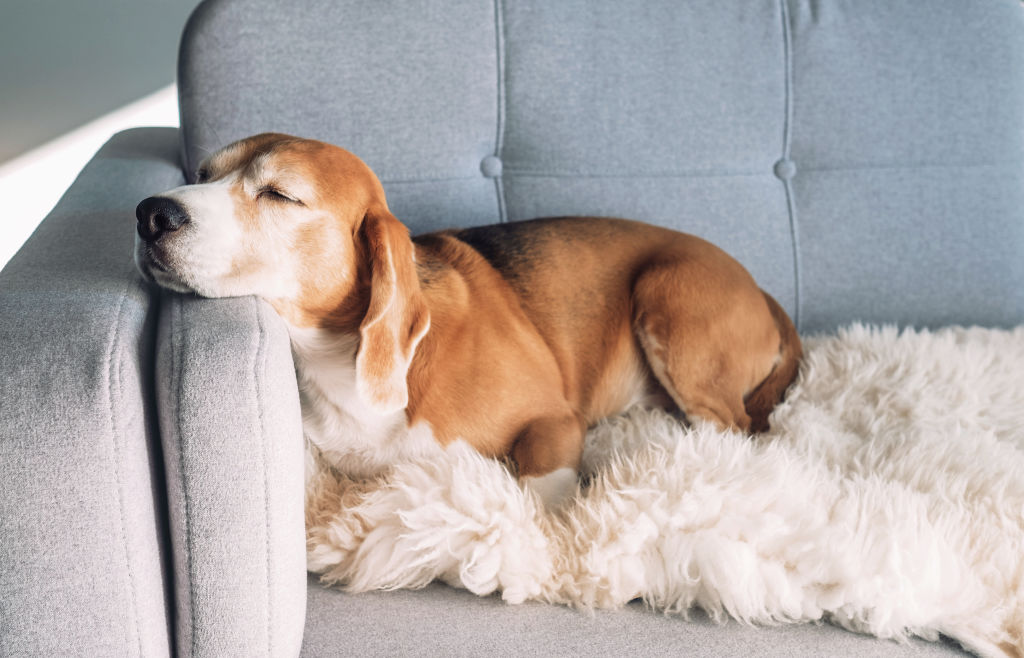
“Make sure your grass is well fed and well watered and mowed at the right level so it can take the wear,” Dhaliwal adds.
If it’s wee smell on synthetic grass that’s bothering you, you could try spreading SmellBGone infill across your synthetic turf, as it’s designed to absorb the ammonia and neutralise the odour.
4. Blow away their fur
If you have a furry breed, insidious stray hairs can detract from the appeal of your deck or paved areas so it’s a good idea to get your pets regularly groomed to try keep the fur clumps at bay.
“Blow it away with a good blower so it becomes part of your organic mulch,” Dhaliwal says.
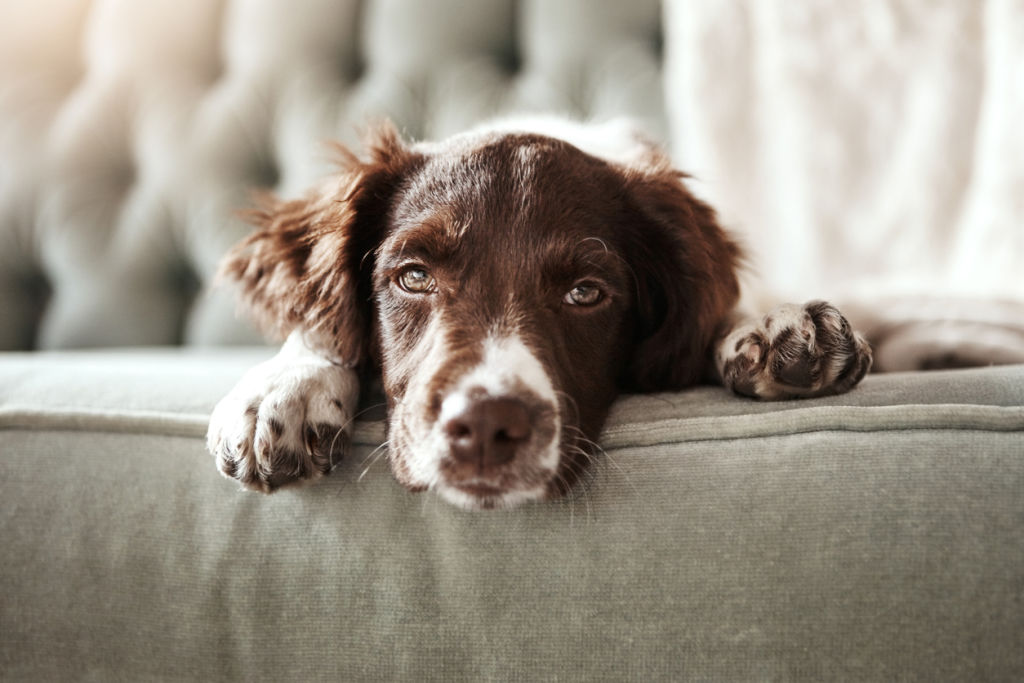
“A good garden maintenance routine will help you protect the surface[s].”
Currie notes that excessive shedding can be a sign of stress in dogs, which may need to be workshopped with an animal behaviourist.
5. Calm your dog down
Canine anxiety can also lead to destructive behaviour like digging and scratching so consider if your dog is fretting about something.
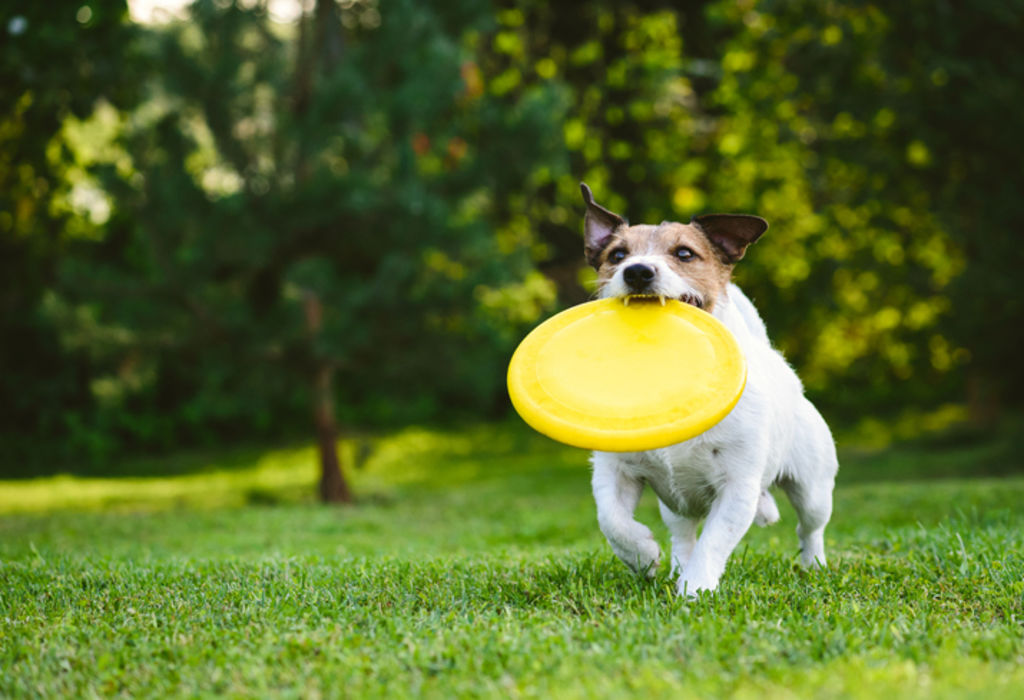
“[If] we focus on improving the anxiety, rather than stopping digging, the digging will [often] subside,” Currie says.
If you return from being out of the house to discover backyard devastation, Currie says you might like to set up a phone or laptop while you’re out to get footage of their behaviour to show a dog behaviourist.
“If they are howling, scratching or crying you will see that quickly and your best bet is to get professional assistance,” she says.
“There are so many things we can do to help those dogs and the sooner you get help, the better.”
We recommend
States
Capital Cities
Capital Cities - Rentals
Popular Areas
Allhomes
More
